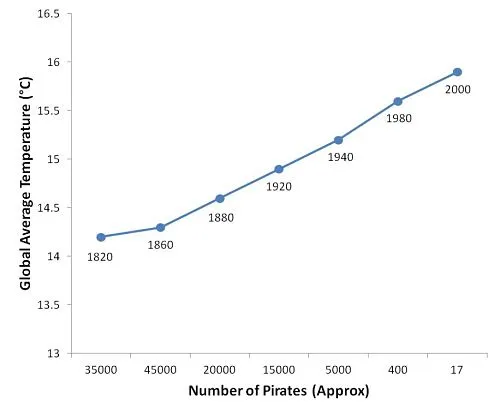- #1
- 18,821
- 13,693
- TL;DR Summary
- can a graph that shows strong correlation imply causality?
The graph below shows a very clear, but not perfect, correlation between the red line and the blue line. That fact says nothing whatsoever about causality. BUT ... if you add in the additional fact that there is absolutely zero chance that the blue events cause the red events and a quite reasonable possibility that the red events cause the blue events, how strongly does that imply that the red causes the blue?
The contention that went with the graph is that causality is clearly and absolutely implied, but I contend that because the correlation is not exact, nor does the red clearly lead the blue, that causality is certainly possible but that it is not at all absolutely implied as definite. That is, it is my contention that the graph, taken together with the stated relationship between the red and blue, suggests causality but does not imply it.
On the other hand, if the correlation were exact in every point, plus the relationship, I would agree that causality is implied.
I just want to make sure I'm not overlooking something, so what say you?

The contention that went with the graph is that causality is clearly and absolutely implied, but I contend that because the correlation is not exact, nor does the red clearly lead the blue, that causality is certainly possible but that it is not at all absolutely implied as definite. That is, it is my contention that the graph, taken together with the stated relationship between the red and blue, suggests causality but does not imply it.
On the other hand, if the correlation were exact in every point, plus the relationship, I would agree that causality is implied.
I just want to make sure I'm not overlooking something, so what say you?
